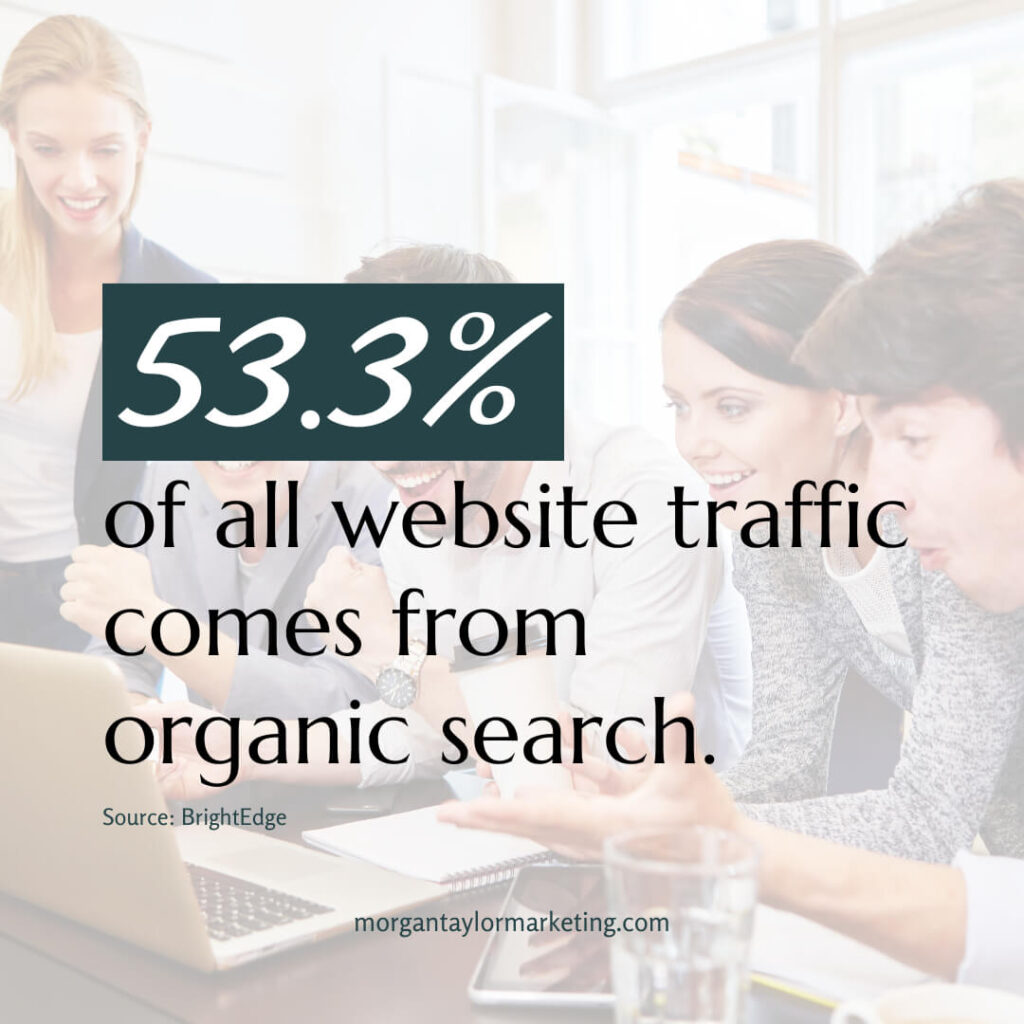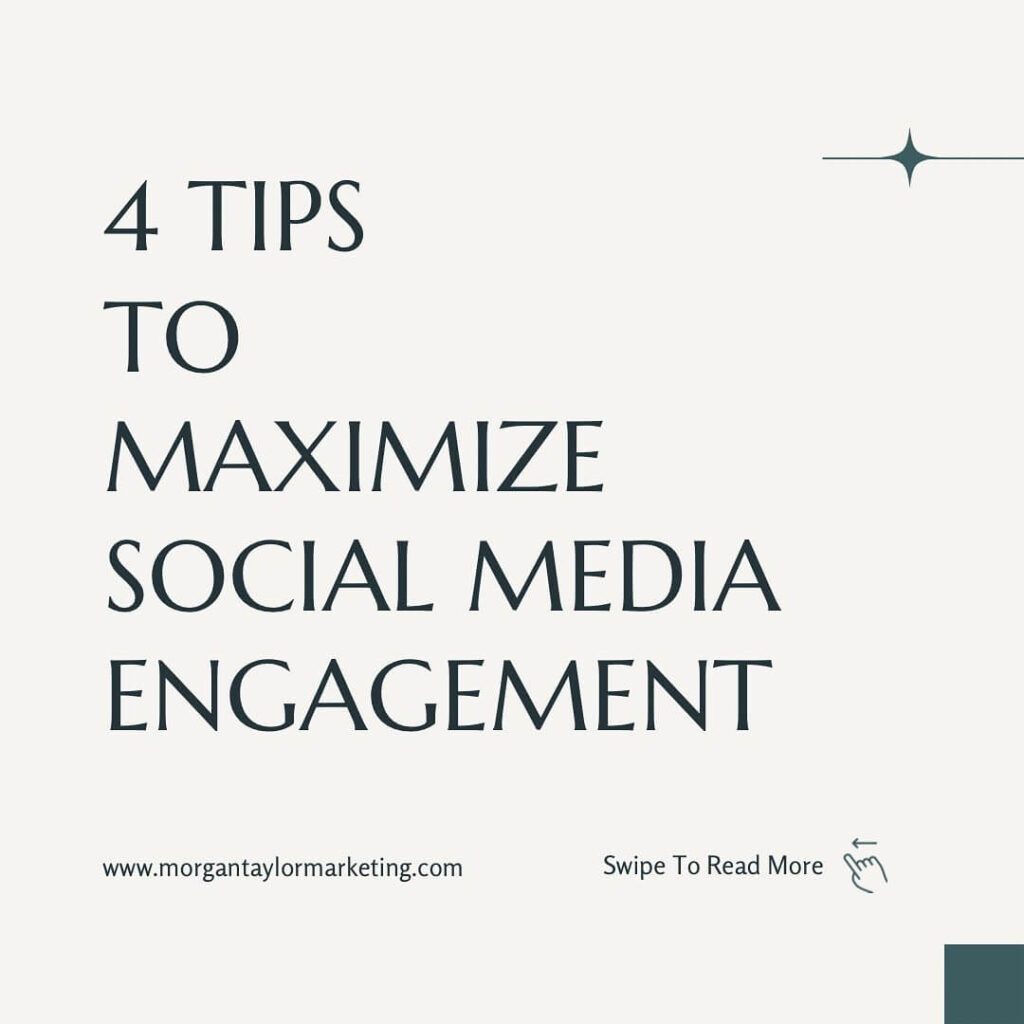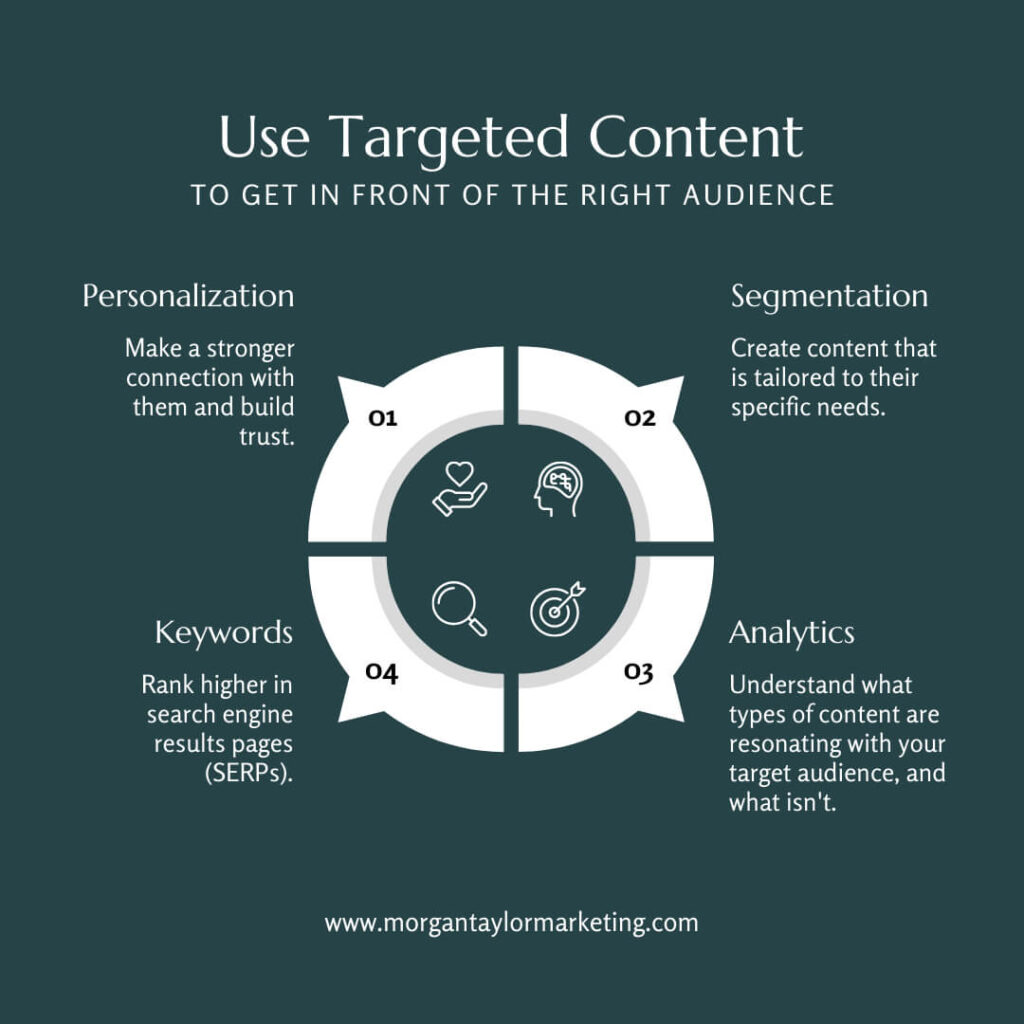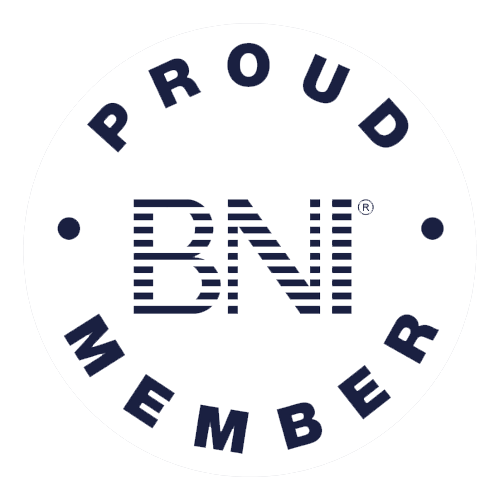Turn visitors into customers effortlessly with our 10 foolproof website conversion hacks!
In the fast-paced digital landscape, having a stunning website alone is not enough to drive business success. The true measure of a website’s effectiveness lies in its conversion rate – the ability to turn visitors into loyal customers. This article delves into the world of website conversion and provides ten foolproof tips to optimize your website for sustainable growth and success.
What is Website Conversion?
Website conversion refers to the process of turning website visitors into desired actions or outcomes, such as making a purchase, signing up for a newsletter, filling out a contact form, or completing any other goal defined by the website owner. The goal of conversion is to persuade visitors to take specific actions that align with the website’s objectives, ultimately leading to measurable business success.
The metric that measures the rate of successful conversions is called the conversion rate, which is calculated by dividing the number of conversions by the total number of visitors and to obtain a percentage, multiplying that result by 100.
Conversion optimization is an essential aspect of digital marketing and web development. By analyzing user behavior, conducting A/B tests, improving user experience, and optimizing content and design, website owners strive to enhance their conversion rates and achieve better results from their online presence. Ultimately, a higher conversion rate means more engaged and satisfied customers, increased sales, and improved overall performance for the website and the business it represents.
Understanding Website Conversion:
The Basics Explained Before we delve into the tips, let’s grasp the essence of website conversion. In simple terms, it refers to the percentage of website visitors who complete a desired action, such as making a purchase, signing up for a newsletter, or filling out a contact form. Increased conversion rates show that your website is successfully influencing users to take action, which ultimately helps your company.
The Importance of Website Conversion

For Your Business Website conversion is the lifeblood of any online venture. It directly impacts your revenue, customer acquisition, and brand reputation. A high conversion rate not only translates to increased sales but also reduces customer acquisition costs, making your marketing efforts more cost-effective. It is the key to unlocking the full potential of your online presence and gaining a competitive edge in the digital landscape.
1. Know Your Target Audience
To achieve a remarkable website conversion rate, start by understanding your target audience. Create thorough buyer personas by identifying your ideal clients..

Delve into their preferences, pain points, and expectations. Conduct comprehensive market research to gain valuable insights into your audience’s behavior, needs, and desires. Armed with this knowledge, you can tailor your website content and design to resonate with your visitors effectively.
2. Optimize Your Website’s User Experience
A seamless user experience is paramount to increasing website conversion. Ensure your website has a responsive and mobile-friendly design to cater to the growing number of mobile users. Streamline website navigation, making it easy for visitors to find the information they seek. Additionally, optimize your website’s load speeds to minimize bounce rates and retain user interest.
3. Craft Compelling Call-to-Action (CTA)
Buttons The art of persuasion lies in the design of your Call-to-Action (CTA) buttons. Design eye-catching, engaging, and action-oriented CTAs that stand out from the rest of your website content. Place them strategically in prominent areas where they can’t be missed. Utilize a persuasive language that encourages visitors to take the desired action, be it “Sign up now” or “Get started.”
4. Create High-Quality and Relevant Content
Compelling content serves as the backbone of website conversion. Understand your audience’s pain points and interests, and tailor your content to address those needs.

Be it informative blog posts, captivating product descriptions, or engaging videos – high-quality content will keep visitors hooked. Enhance user engagement by incorporating visually appealing elements, such as images, infographics, and videos.
5. Implement Trust Signals
In a virtual world, trust is the currency that drives conversion. Gain your visitors’ trust by showcasing testimonials and reviews from satisfied customers.

Display trust badges and certifications to assure visitors of your credibility and commitment to quality. Offering secure payment options is crucial for e-commerce websites, assuring customers that their sensitive data is safe.
6. Utilize Exit-Intent Popups
Website conversion may be drastically changed by exit-intent popups. By tracking user behavior, these pop ups can be triggered when a visitor shows signs of leaving. Craft engaging and valuable pop ups that capture attention and encourage visitors to stay. Consider offering enticing discounts or special offers to entice potential customers into reconsidering their exit.
7. Leverage A/B Testing
A/B testing is the scientific approach to conversion optimization. Split your website traffic and test different elements, such as headlines, CTAs, colors, or layouts, to identify what resonates best with your audience. Analyze the test results and implement the successful changes to continually optimize your website’s performance.
8. Simplify the Conversion Process
Make the conversion process effortless for your visitors. Minimize form fields for easy
data entry during sign-ups or checkout.

Provide guest checkout options to reduce friction and enhance user experience. Offer multiple payment and shipping methods to cater to diverse customer preferences, leaving no room for abandoned carts.
9. Optimize for Search Engines
To drive relevant traffic to your website, optimize it for search engines. Conduct thorough keyword research to identify the terms and phrases your audience is using to find products or services like yours.

Optimize meta tags, titles, and descriptions to improve your website’s search engine ranking. Create SEO-friendly landing pages that match user intent and deliver valuable content.
10. Monitor and Analyze Website Metrics
Stay informed about your website’s performance by utilizing web analytics tools. Monitor conversion rates and pinpoint areas that require improvement.

Analyze user behavior, click-through rates, and bounce rates to gain insightful data. Make data-driven decisions to continually enhance your website’s conversion rate.
Website conversion optimization is an essential aspect of any successful online business. By implementing the ten foolproof tips discussed in this article, you can boost your website’s conversion rate, achieve sustainable growth, and position your brand for lasting success in the competitive digital landscape. Embrace these strategies, adapt to your audience’s evolving needs, and watch your online presence flourish.








